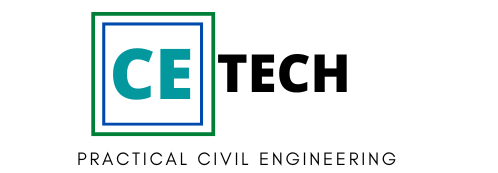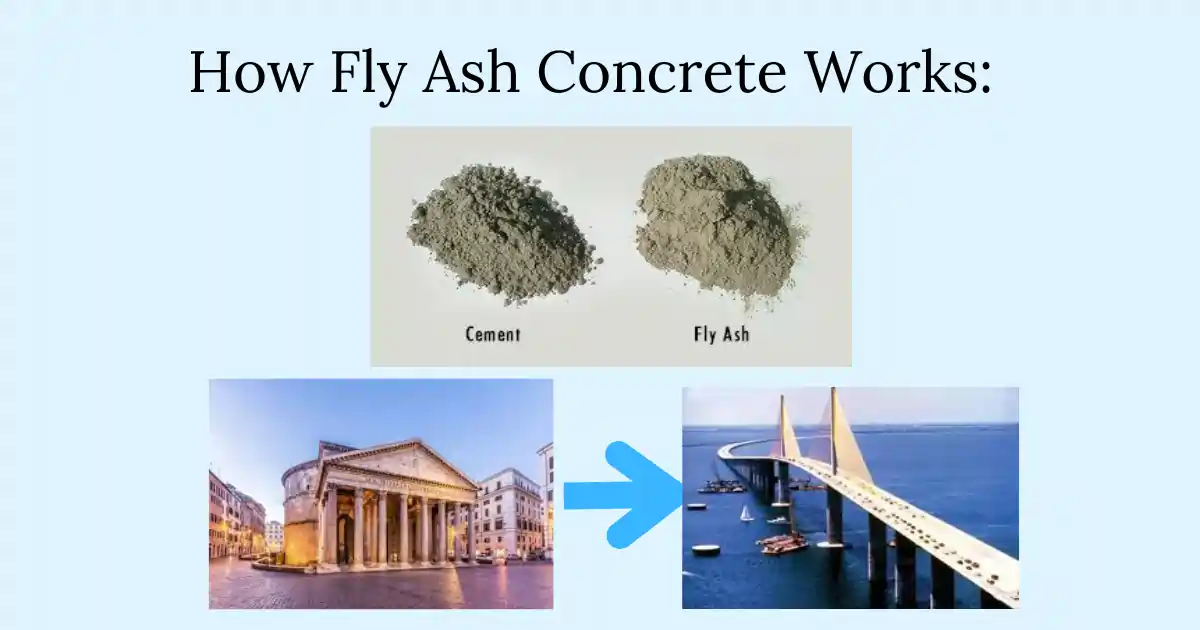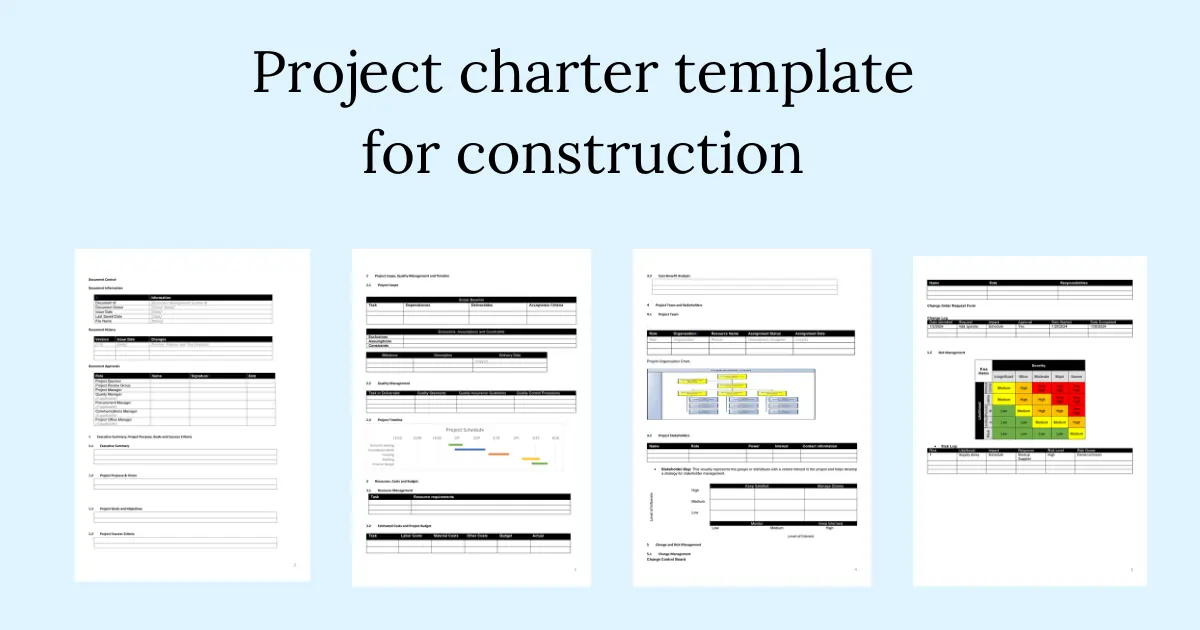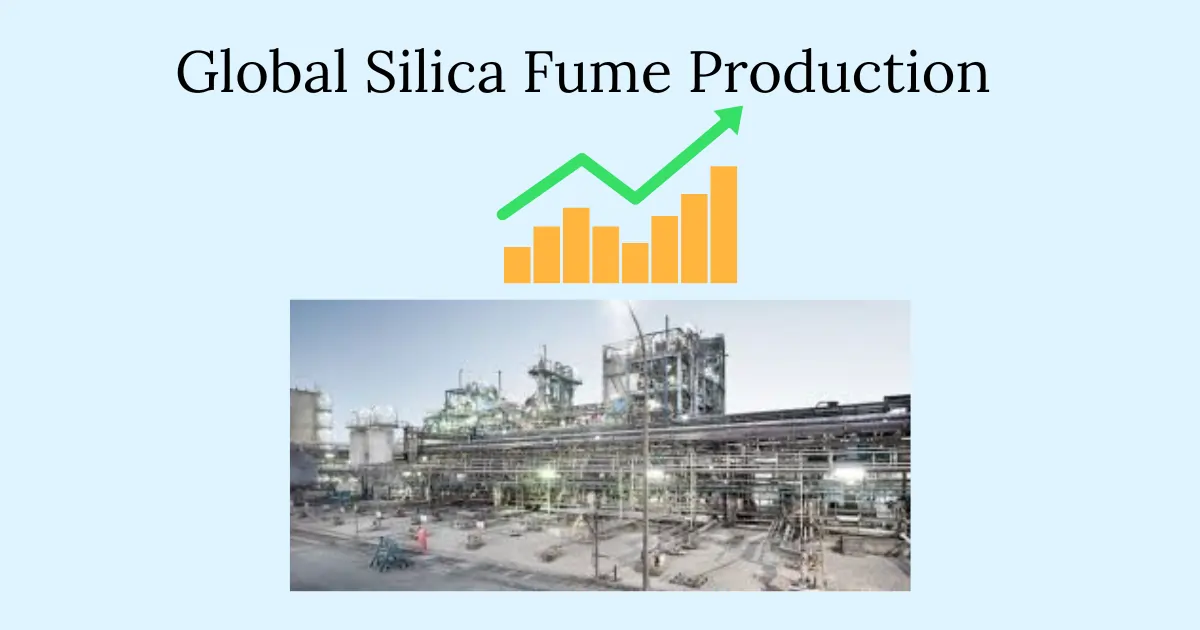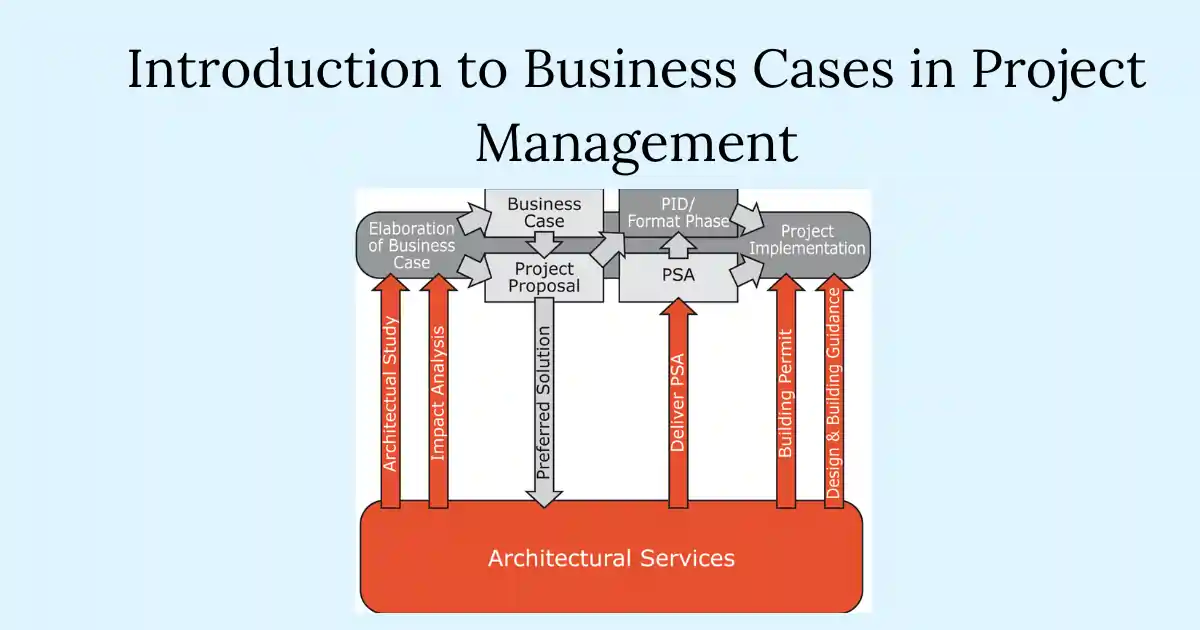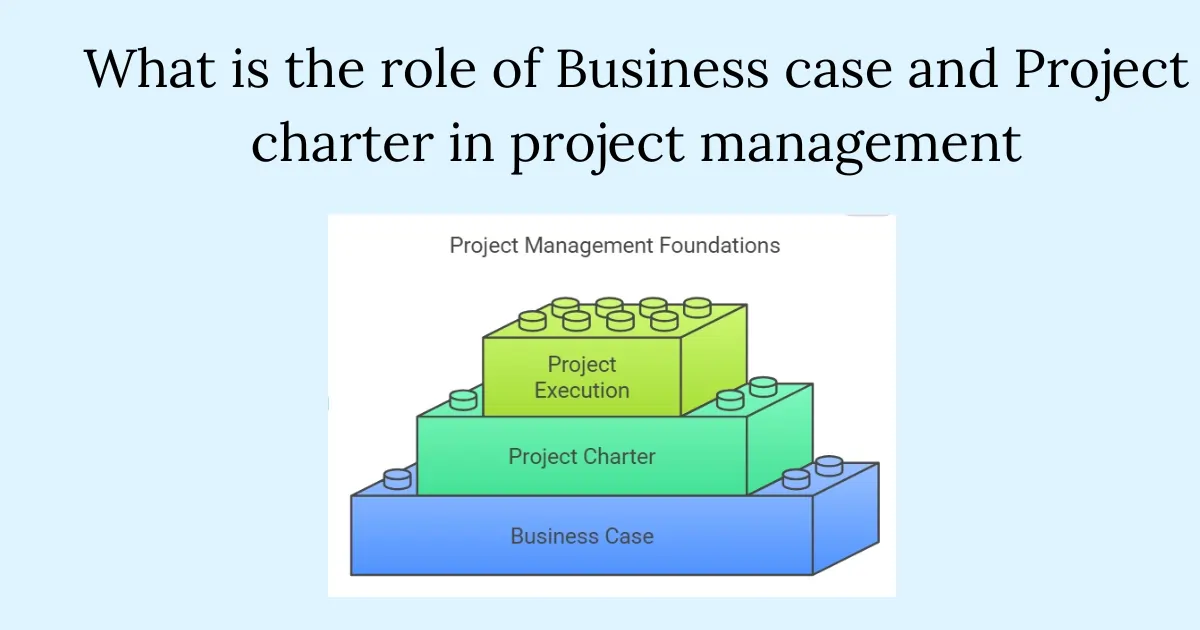The Rise of Blast Furnace Slag in Concrete: A Sustainable Revolution
In today’s construction industry, blast furnace slag has emerged as a game-changer, offering a sustainable alternative to traditional cement while enhancing concrete properties. The adoption of a by-product of steel that was once considered as waste material is now transforming construction by enhancing concrete’s properties. This revolutionary material reduces the environmental impact of concrete production … Read more
